How to get rid of black mould in a shower — 5 natural ways to kill the spores and remove it from your shower tray, screen and sealant
You should never ignore black mould in your shower
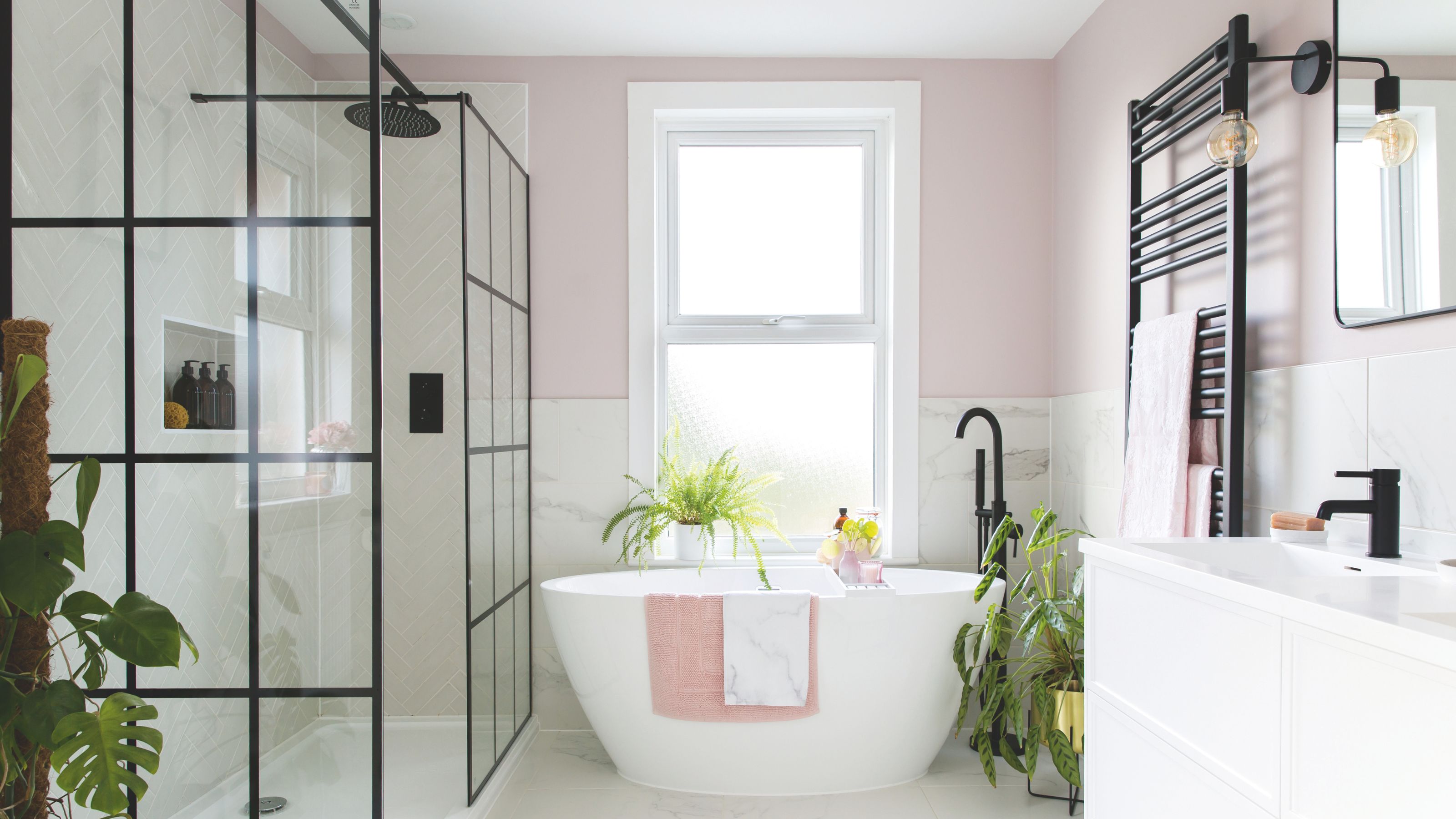

Most people want the place where they clean themselves to be clean, too. However, as excess moisture and warm temperatures in a bathroom make it a breeding ground for mould, knowing how to get rid of black mould in a shower is key.
This fungus is quick to grow but incredibly difficult to get rid of, and it thrives in showers - from the nooks and crannies of the shower screen to the edges of the shower tray and on the sealant around your bath. And while it’s possible to clean mould off walls, these smaller areas of black mould are harder to tackle.
As well as being an eyesore, black mould can cause health problems and wreak havoc on those with breathing difficulties. That’s why we’ve put together this guide on how to get rid of mould in a shower, so you can prevent this build-up before it becomes dangerous. Just remember to wear protective gloves, masks, and glasses when cleaning black mould to keep yourself and your family safe.
1. Use white vinegar
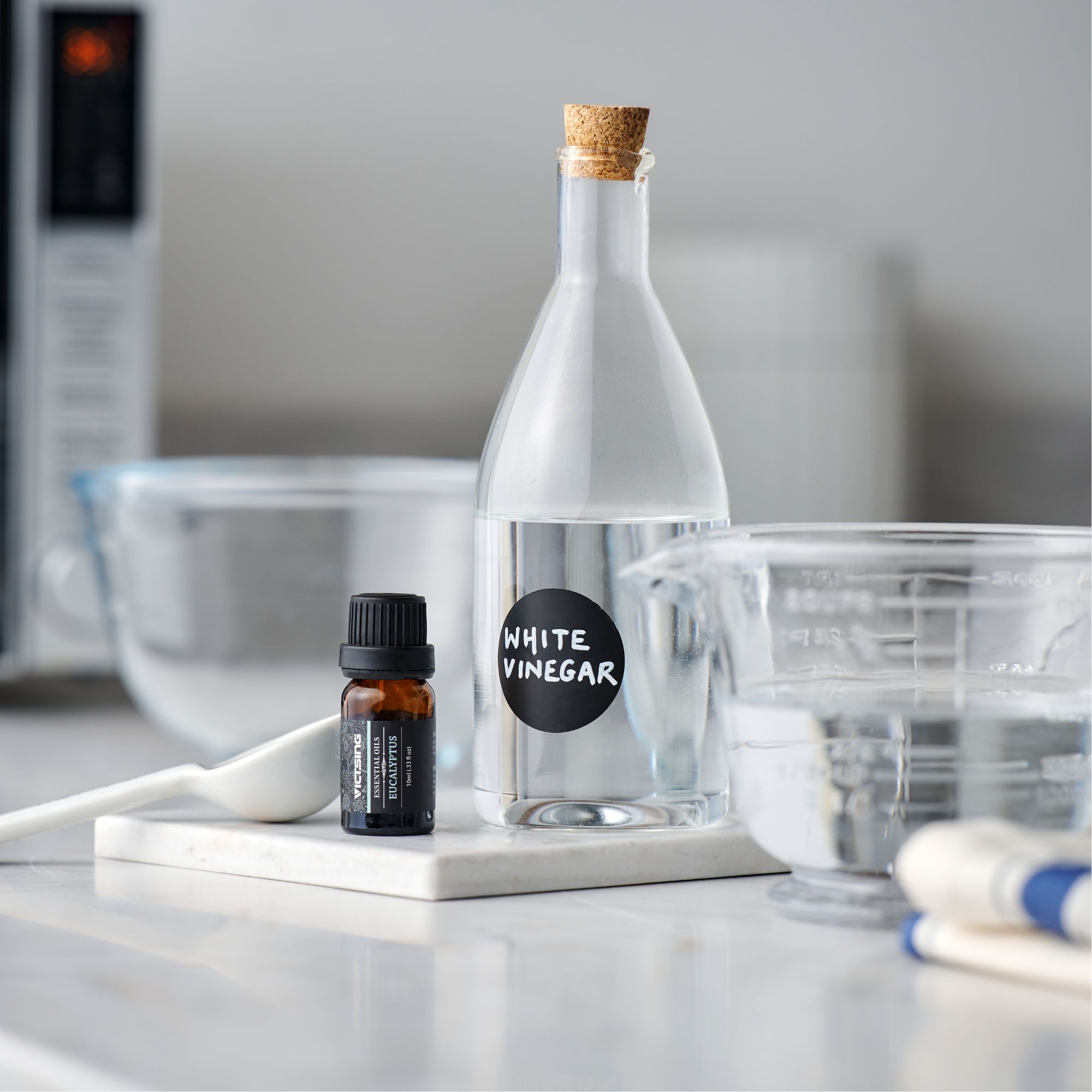
You should never underestimate the power of cleaning with vinegar. It’s one of the best cleaning products in your caddy and can be used throughout your whole house - including in your shower. It’s particularly impressive at cleaning mould off your shower curtain.
However, you can also use white vinegar elsewhere in your shower - whether that be the tile surround, the shower screen, or the sealant around your bath or shower tray.
Laura Harnett, founder of eco cleaning brand, Seep, advises, ‘The best thing to remove black mould is white vinegar as it actually kills the mould spores, unlike bleach. Spray white vinegar onto the black mould using a refillable spray bottle. Leave it to soak in and then simply wipe away with something slightly abrasive.’
She adds, ‘If the mould is especially bad, then it may need a gentle scrub using an old toothbrush. Work it in circular movements to remove it. When the mould is gone, spray the area with more white vinegar and leave it to dry. This will ensure that the spores have been killed and it won’t come back.’
Of course, if the mould still remains or the toothbrush irritates any old sealant or grout, it may be that you need to re-seal your bathtub or re-grout your tiles.
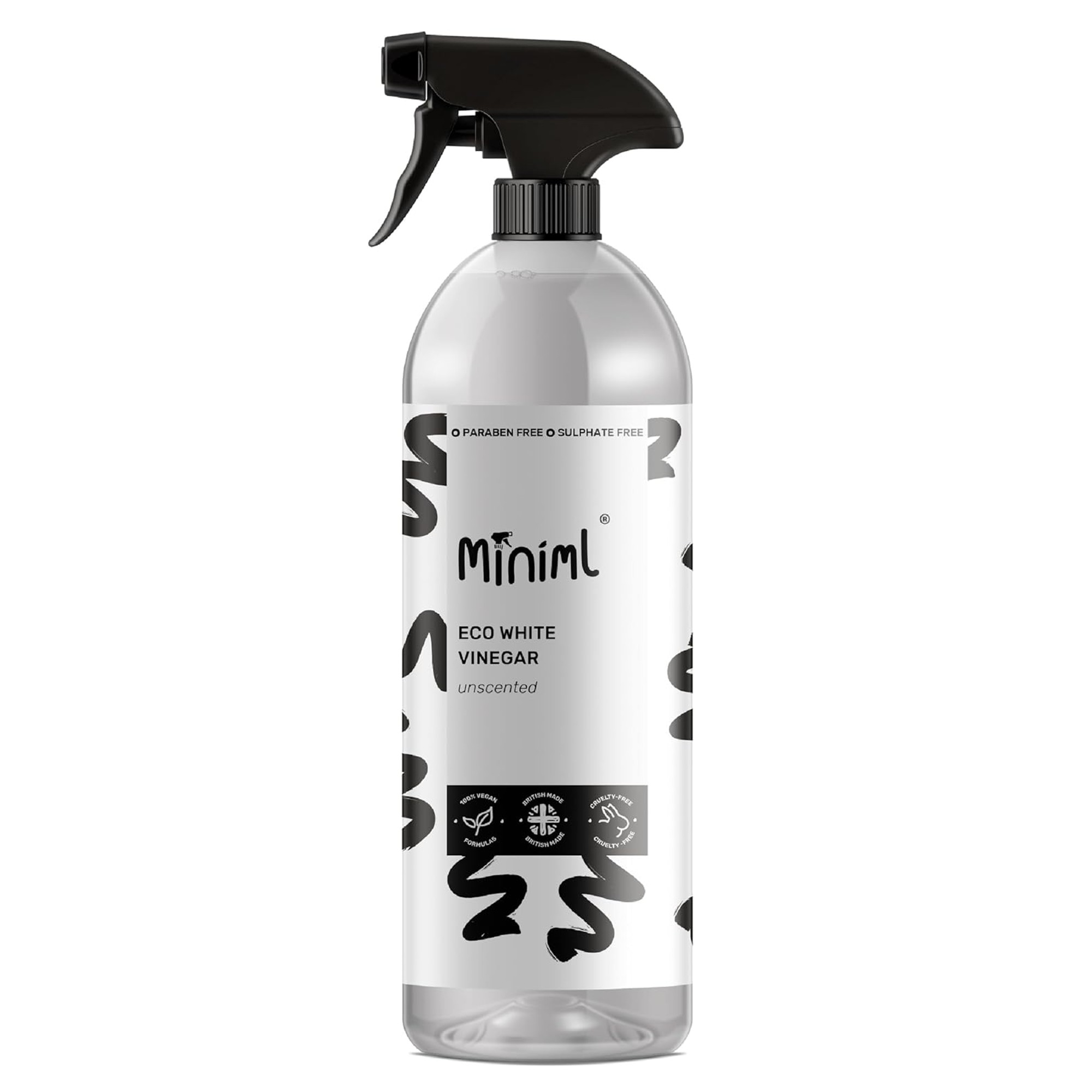
Buying a spray bottle of white vinegar is incredibly convenient when you want to get rid of black mould in a shower, as you can spray directly onto the problem areas.
2. Use bicarbonate of soda
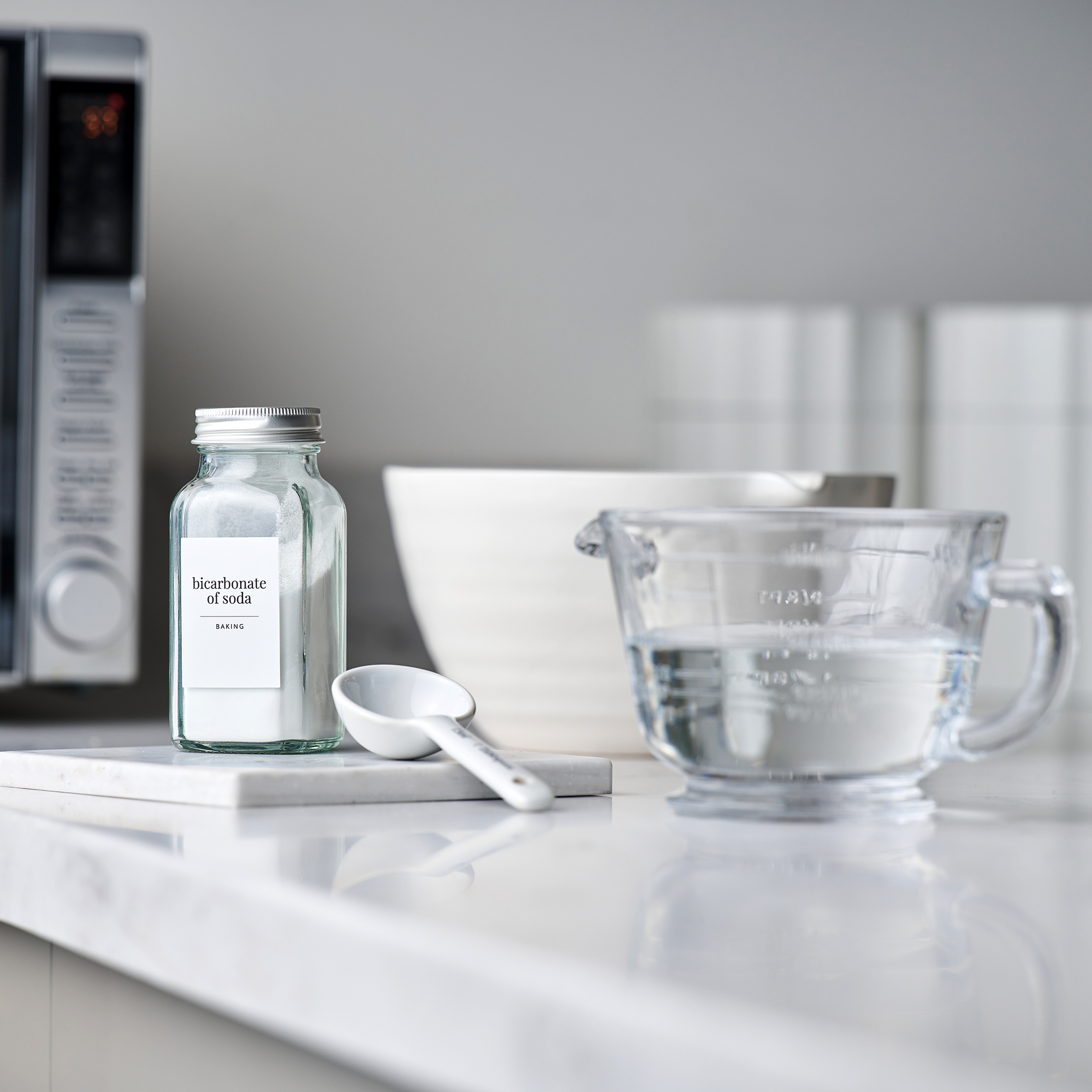
Bicarbonate of soda is one of the best products to get rid of mould on walls, but it’s also highly effective in getting rid of black mould in a shower. That’s because this alkali has a naturally high pH, which kills mould and makes the environment inhospitable for mould to grow back.
It’s extremely easy to use, too. For bicarbonate of soda to get rid of black mould in a shower (and in the bathroom as a whole), you just need to make a paste using equal parts baking soda and water and then apply that paste in the problem areas. If you can, leave it to work its magic for 30 minutes to one hour.
Although you might be able to just wipe off the black mould after that, it’s best to use a scrubbing brush like a sonic scrubber (available on Amazon) to get into every nook and cranny around your shower screen, head, and bath or shower tray.

You can never have too much baking soda in the house, and this triple pack means that you have the tools on hand to get rid of black mould in a shower as soon as possible.
3. Use tea tree oil

Most people have essential oils to add to their diffusers or baths, but few realise how effective essential oils are for cleaning. For example, this Tisserand Lemon Organic Essential Oil from Amazon can be used as a multi-purpose disinfectant, cleaning everything from your kitchen to your bathroom.
But if you specifically want to target black mould in a shower, you need to use tea tree oil. This particular essential oil is a natural fungicide that can eliminate mould in no time and can be mixed with equal parts of water in a spray bottle to make a cleaning solution.
Then, you can apply it to the black mould in your shower, let it soak into the mould for around an hour, and wipe it down with a clean, damp cloth. A major perk is that it’ll also make your bathroom smell fresh and fragrant.
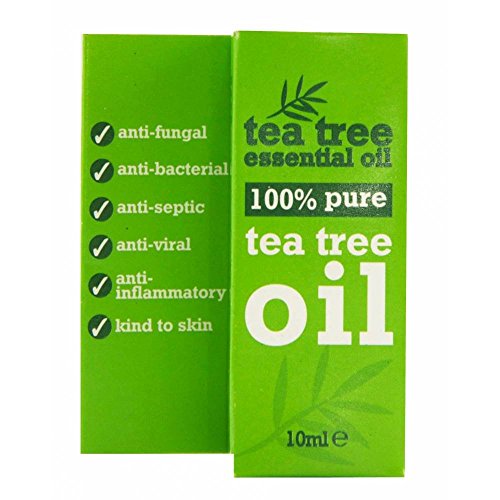
Tea tree oil contains the active compounds alpha terpineol and terpene-4 - and these will break down and kill the cell wall of the mould spores. So, it's worth stocking up on it.
4. Use targeted black mould products
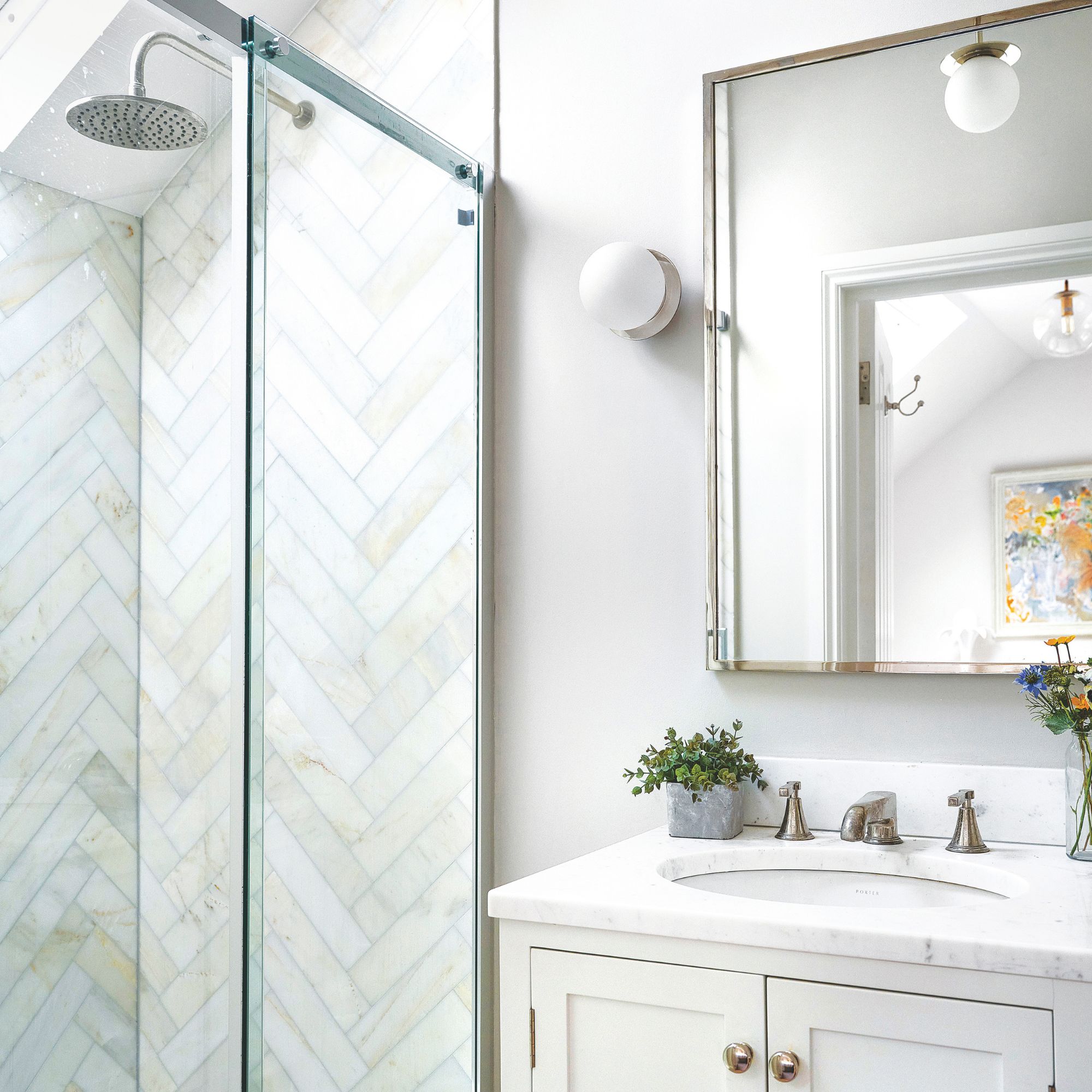
As black mould is a common problem across the UK, it’s not hard to find targeted mould products that all claim to get the job done. And while many of them are chemical-based mould removers, unlike the natural mould removers above, sometimes you do need that extra oompf to really get rid of black mould in a shower. After all, there’s a big difference between mould and condensation.
While we can’t say that we’ve tested all of the black mould removers on the market today, Ideal Home’s News Writer, Kezia Reynolds, swears by the Skylarlife Home Mould & Mildew Stain Remover from Amazon. She even reviewed the Skylarlife mould stain remover in her own bathroom, which was previously full of black mould.
She says, ‘My rental bathroom is unfortunately not very well ventilated, which means I often have problems with mould - especially my shower grout. I recently saw mould gels going viral on social media and decided to try out the Skylarlife Home Mould & Mildew Stain Remover after spotting it on Amazon. I left in on my mould grout for six hours and wiped it away - it didn't remove all the mould, but it's the most success I've had.'
Of course, you need to be careful when using these targeted black mould products and always ensure you wear protective gear and keep a window or door open.
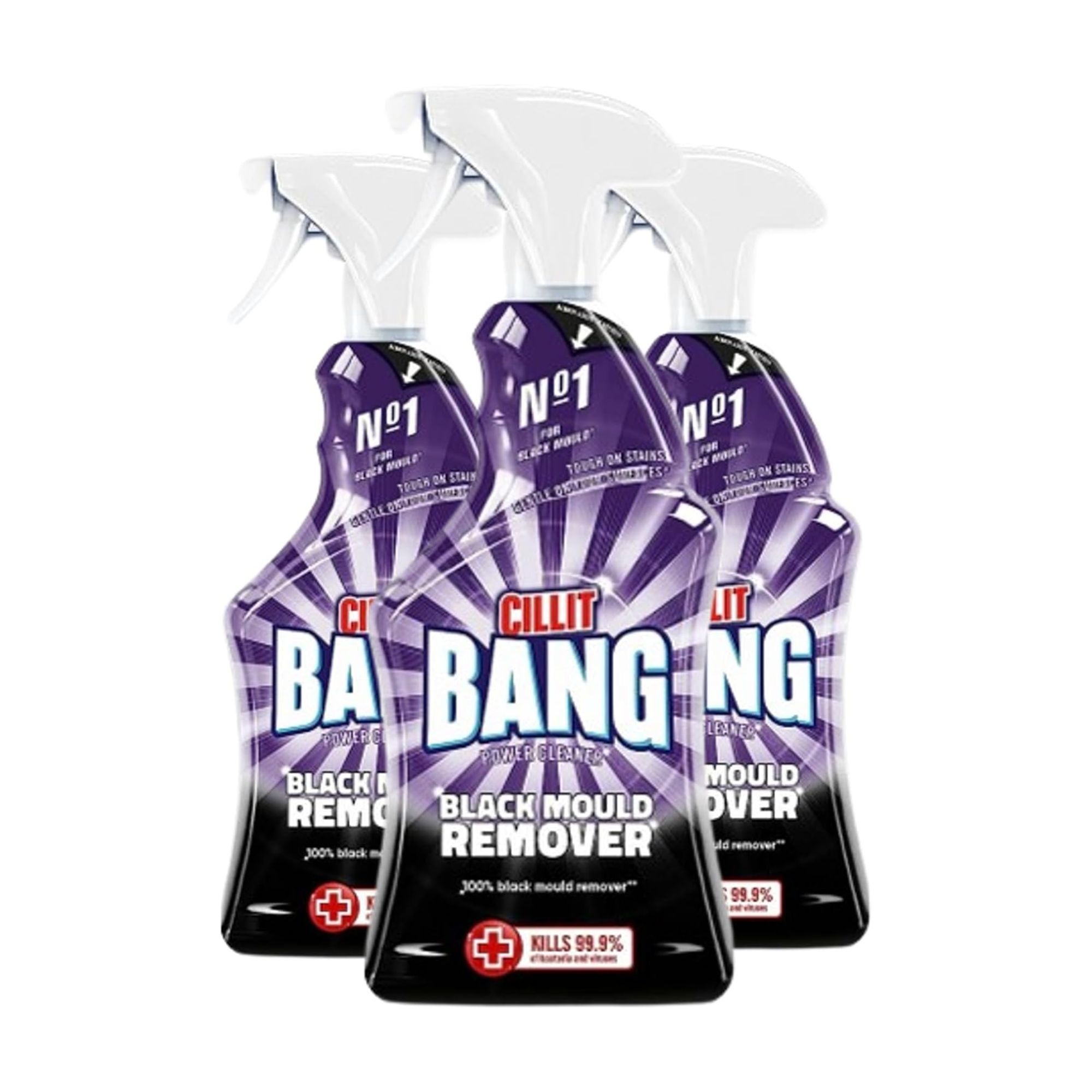
This Cillit Bang product is one of the most popular black mould removers out there, and I know from personal experience just how impressive it is. Just a few sprays, and it'll easily get rid of black mould in a shower.
5. Take steps to prevent future growth
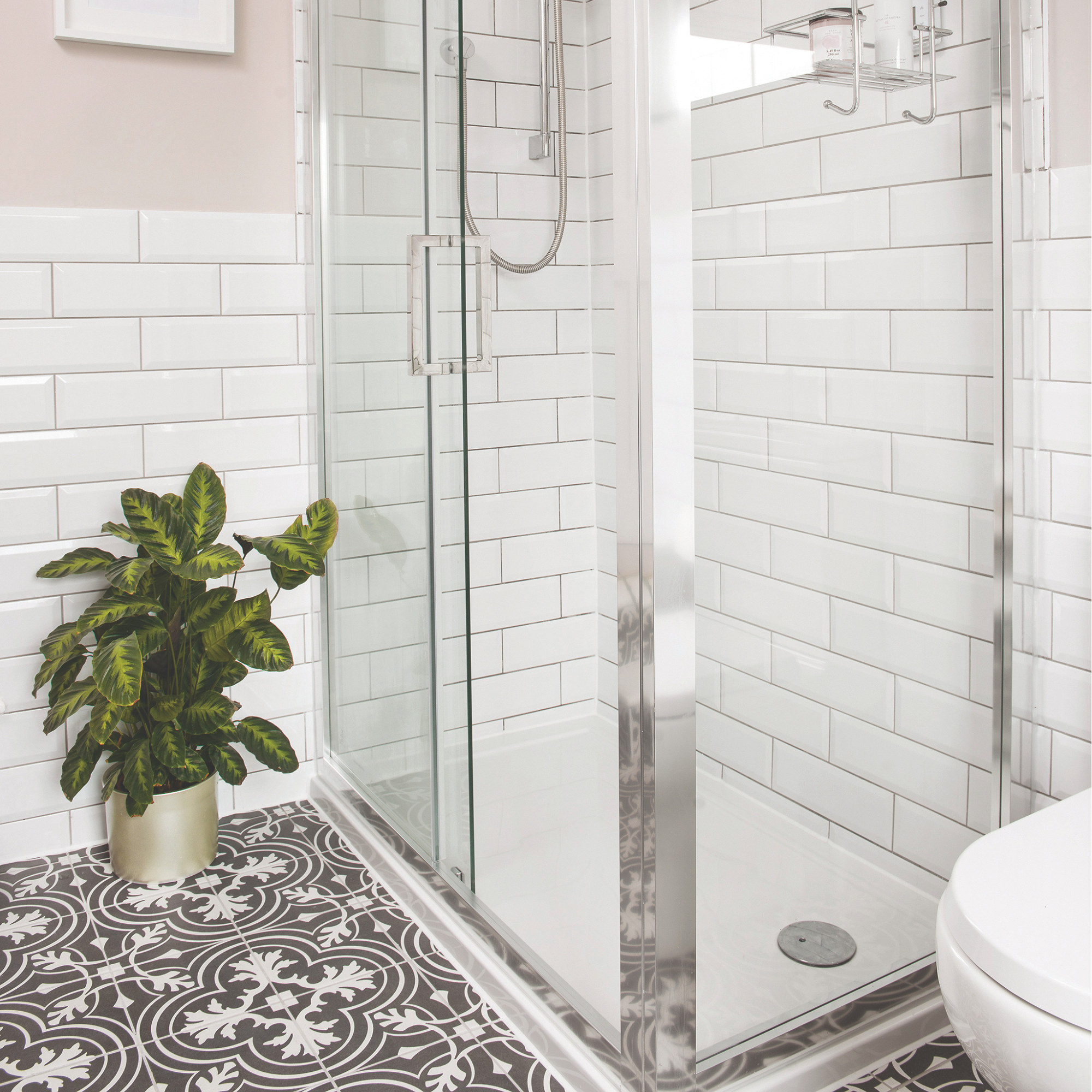
While the above steps will help to get rid of black mould in a shower, many of them won’t stop mould from coming back. That’s why you also need to take steps to prevent future growth - and this is easily done with a few lifestyle changes and purchases.
As mould thrives in damp environments, your first step is to reduce the moisture. In many cases, this could be as simple as opening the window or using an extractor fan. Gervaise Ovin, a professional cleaner at Wecasa, advises, ‘Increase ventilation in the shower by opening a window or using an exhaust fan. This will help to keep the air moving and reduce moisture, which will make it less hospitable for mould growth.’ However, we know that this isn’t always possible or effective enough.
And while the best dehumidifiers typically work wonders at sucking up this excess moisture, most experts would agree that it’s not safe to use a dehumidifier in the bathroom. However, you can use a non-electric dehumidifier or moisture absorber instead
Ideal Home’s Managing Editor, Thea Babington-Sitt, uses (and loves) the Absodry Duo Family Moisture Absorber from Dunelm as it not only keeps her bathroom mould-free but also looks good in the process. Plus, it comes in a variety of sizes to suit each bathroom’s needs.
If you’re looking for something a bit cheaper and more visually appealing, you could also make the most of the bathroom plants that absorb moisture and allow them to do the hard work for you. But whatever option you choose, it’s important to maintain a strict bathroom cleaning schedule and wipe down your shower after use to minimise excess or standing water.
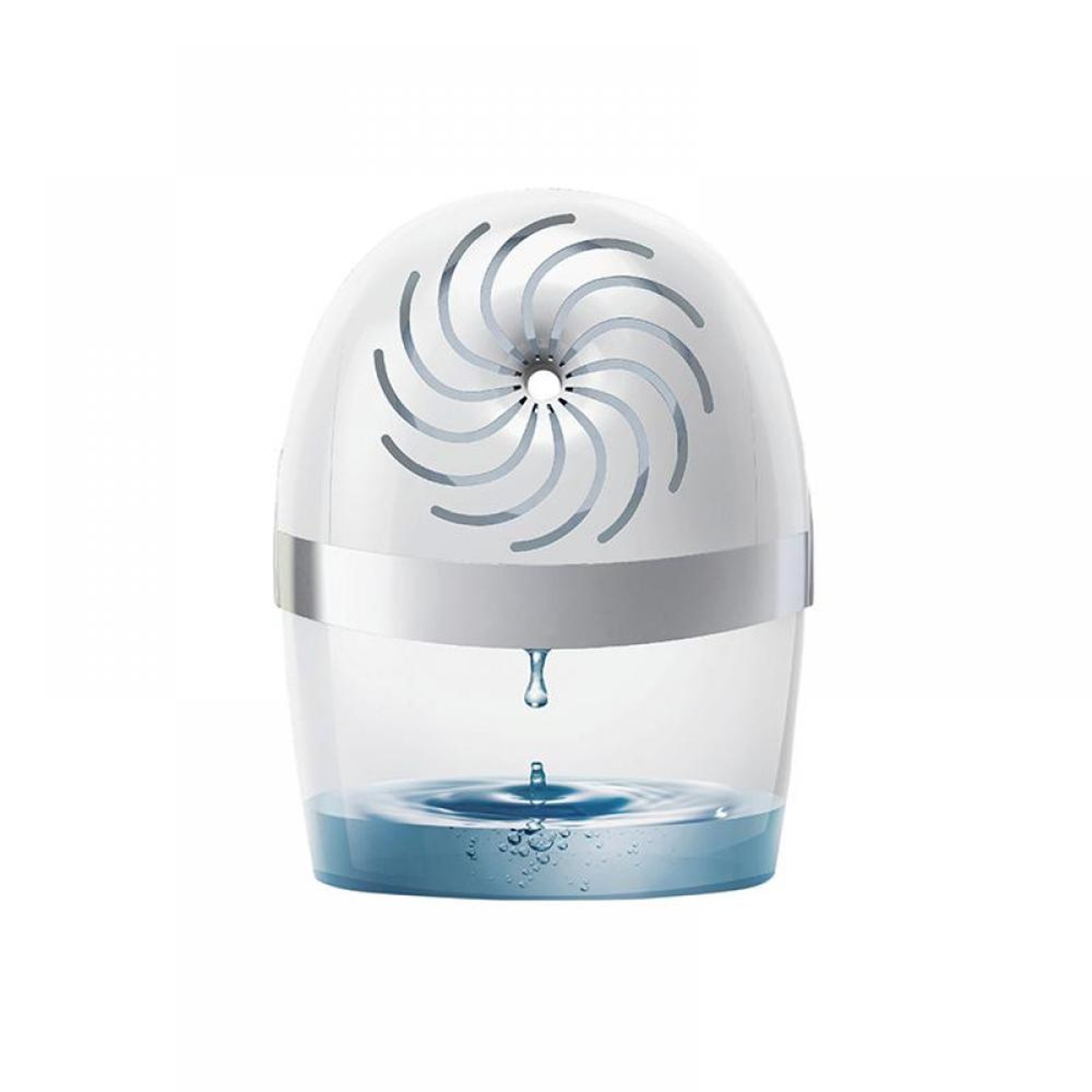
This moisture absorber is an Ideal Home favourite, as it can be used to remove excess moisture from the bathroom - and you can even buy refills for it, too.
FAQs
Is black mould in shower harmful?
Yes, it can be. Black mould is a dangerous fungus that releases spores into the air. Breathing in these spores can lead to breathing difficulties and even lead to allergies. Because of this, it’s best to get rid of black mould in a shower as soon as you can to prevent any further spread.
Is it safe to clean black mould yourself?
Although it’s fairly safe to clean black mould yourself, you still need to be careful, as cleaning black mould can irritate the spores and lead to the spread of the fungus. Because of this, you should always wear protective gear, such as gloves, glasses, and a face mask.
However, if you have any existing breathing difficulties like asthma, it might be worth paying a professional to remove the black mould for you to limit your contact with it.
Well, there you have it! That’s how to get rid of black mould in a shower.
Get the Ideal Home Newsletter
Sign up to our newsletter for style and decor inspiration, house makeovers, project advice and more.

Lauren Bradbury has been the Content Editor for the House Manual section since January 2025 but worked with the team as a freelancer for a year and a half before that. She graduated with a Bachelor’s degree in English and Creative Writing from the University of Chichester in 2016. Then, she dipped her toe into the world of content writing, primarily focusing on home content. After years of agency work, she decided to take the plunge and become a full-time freelancer for online publications, including Real Homes and Ideal Home, before taking on this permanent role. Now, she spends her days searching for the best decluttering and cleaning hacks and creating handy how-to guides for homeowners and renters alike, as well as testing vacuums as part of her role as the Ideal Home Certified Expert in Training on Vacuums, having spent over 110 hours testing different vacuum models to date!
You must confirm your public display name before commenting
Please logout and then login again, you will then be prompted to enter your display name.
-
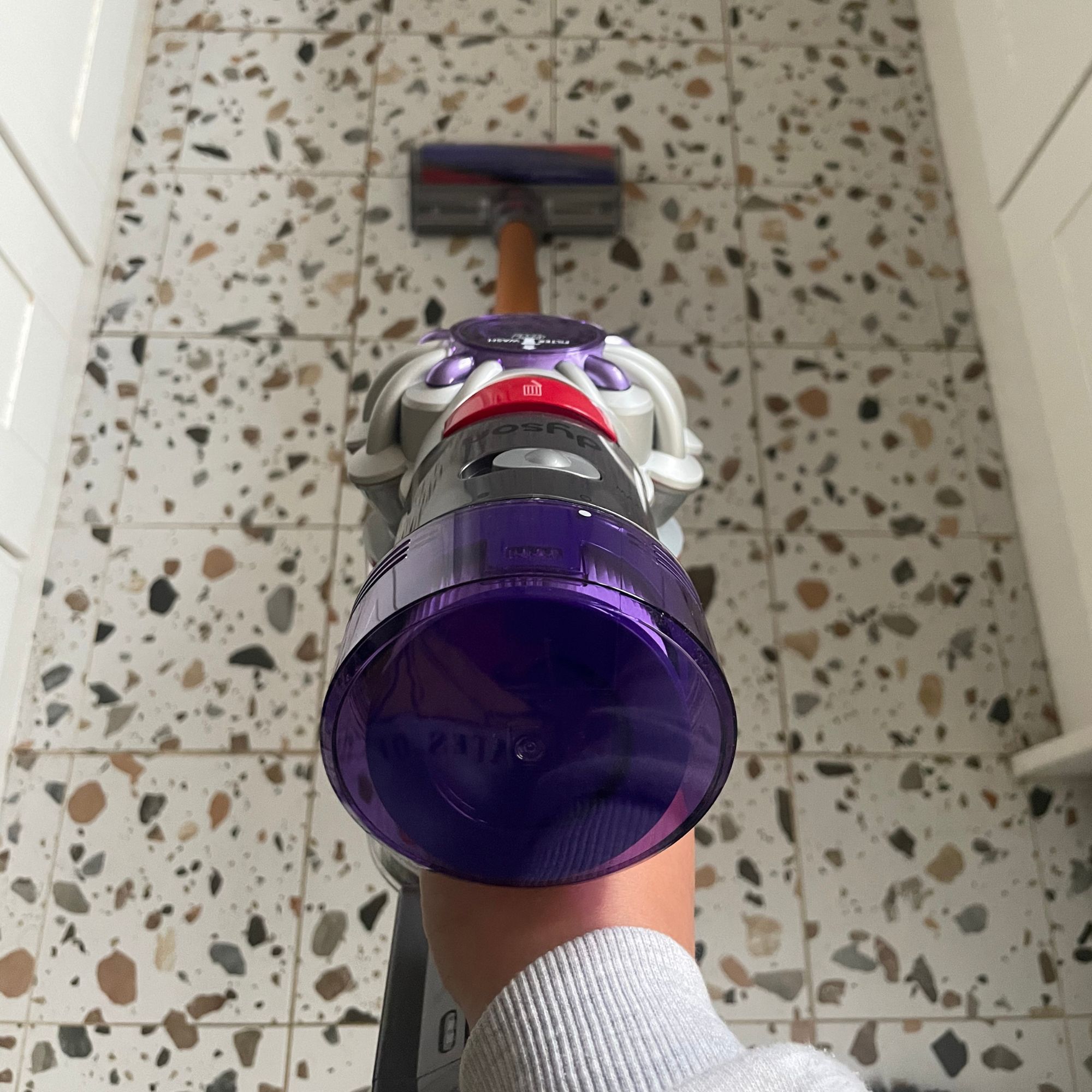 I asked a Dyson engineer how you can avoid these common Dyson vacuum cleaner problems — and how to make the most of your machine
I asked a Dyson engineer how you can avoid these common Dyson vacuum cleaner problems — and how to make the most of your machineFrom a loss of suction to poor battery life, I asked the questions to get the answers you need
By Lauren Bradbury
-
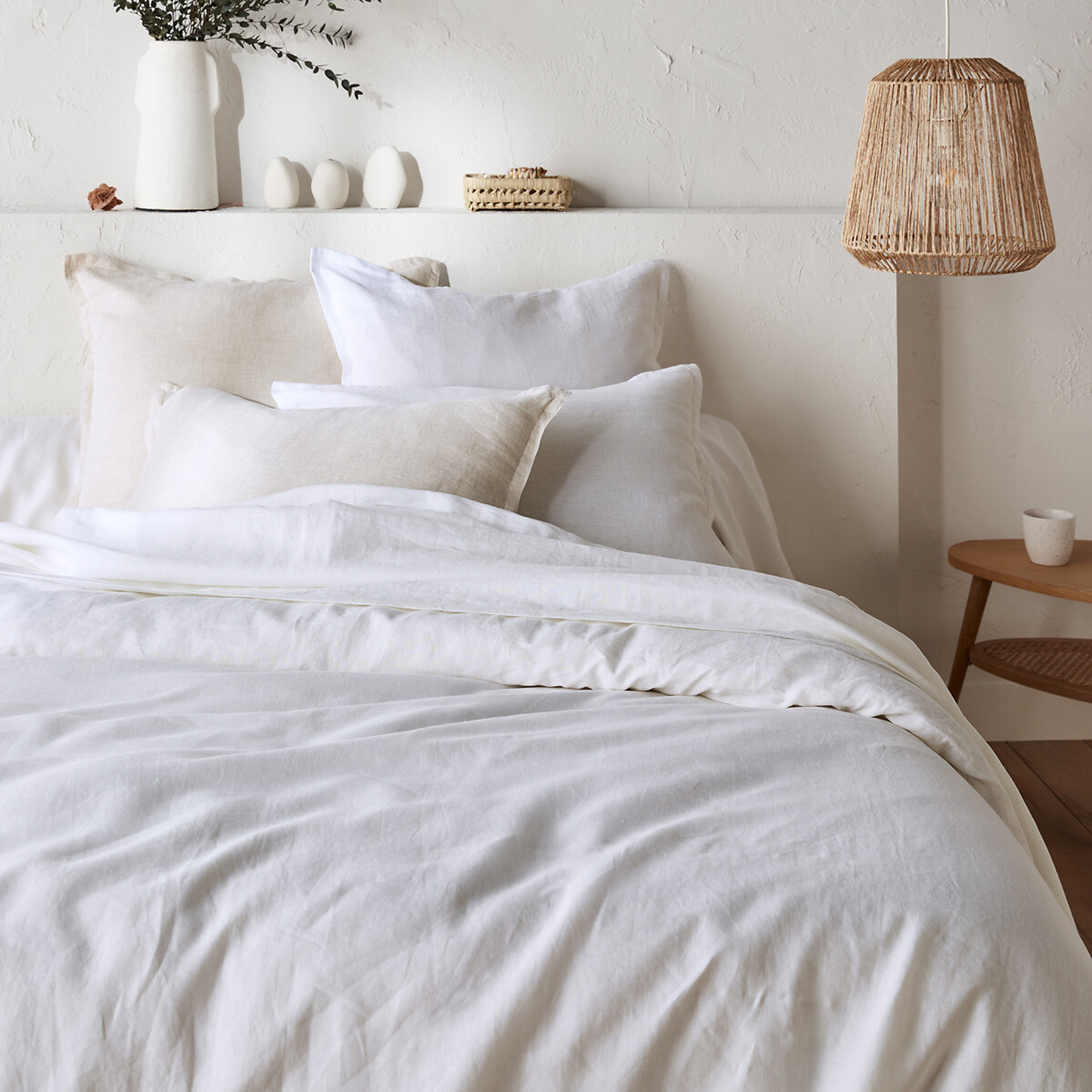 'I've now bought 3 different colours' – my favourite affordable linen bedding is currently half-price, and the 5-star reviews speak for themselves
'I've now bought 3 different colours' – my favourite affordable linen bedding is currently half-price, and the 5-star reviews speak for themselvesThe half-price linen bedding that owners can't stop raving about
By Amy Lockwood
-
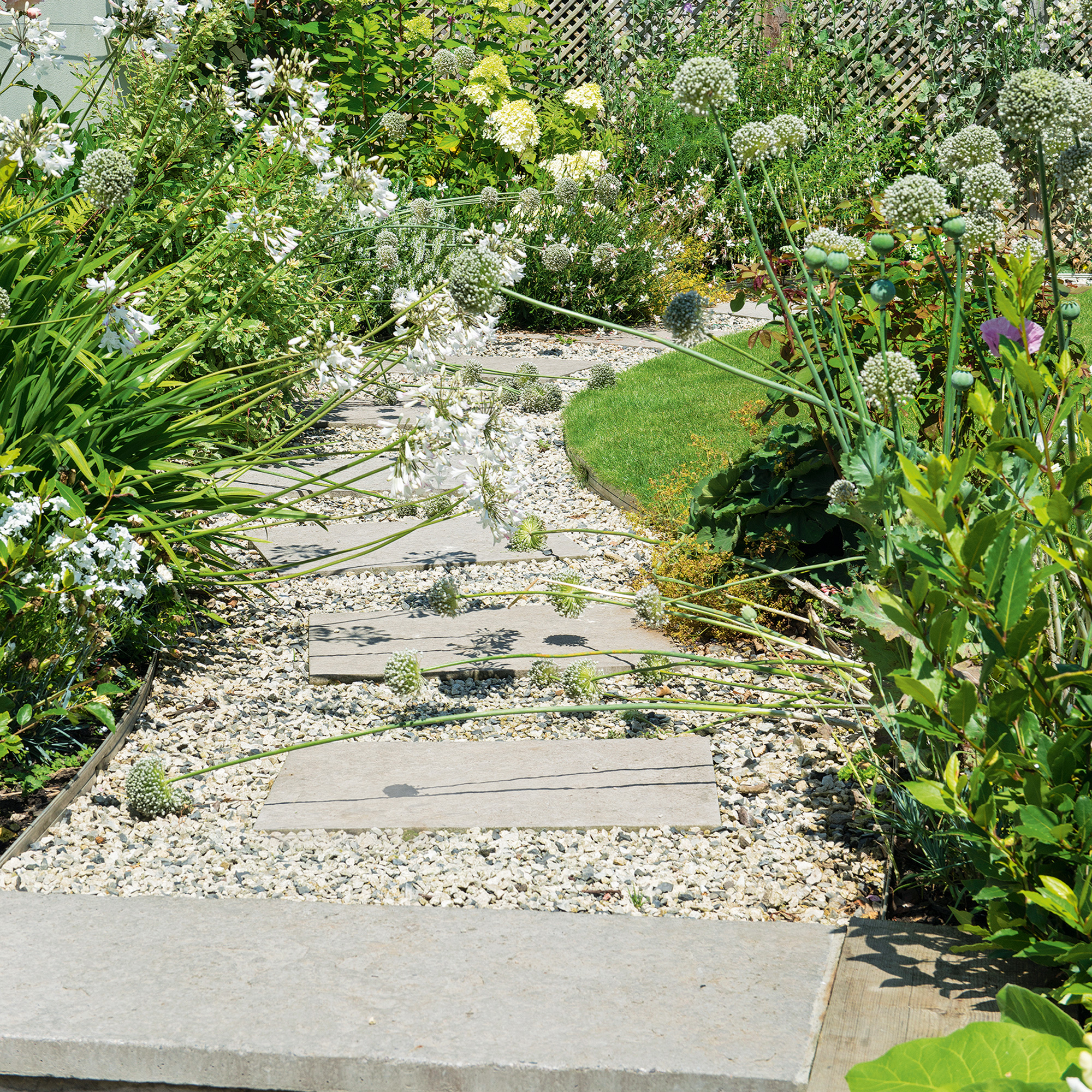 5 brilliant budget alternatives to paving slabs that won't cost the earth
5 brilliant budget alternatives to paving slabs that won't cost the earthLooking to pave your garden on a budget? Try these stand-ins...
By Sophie King